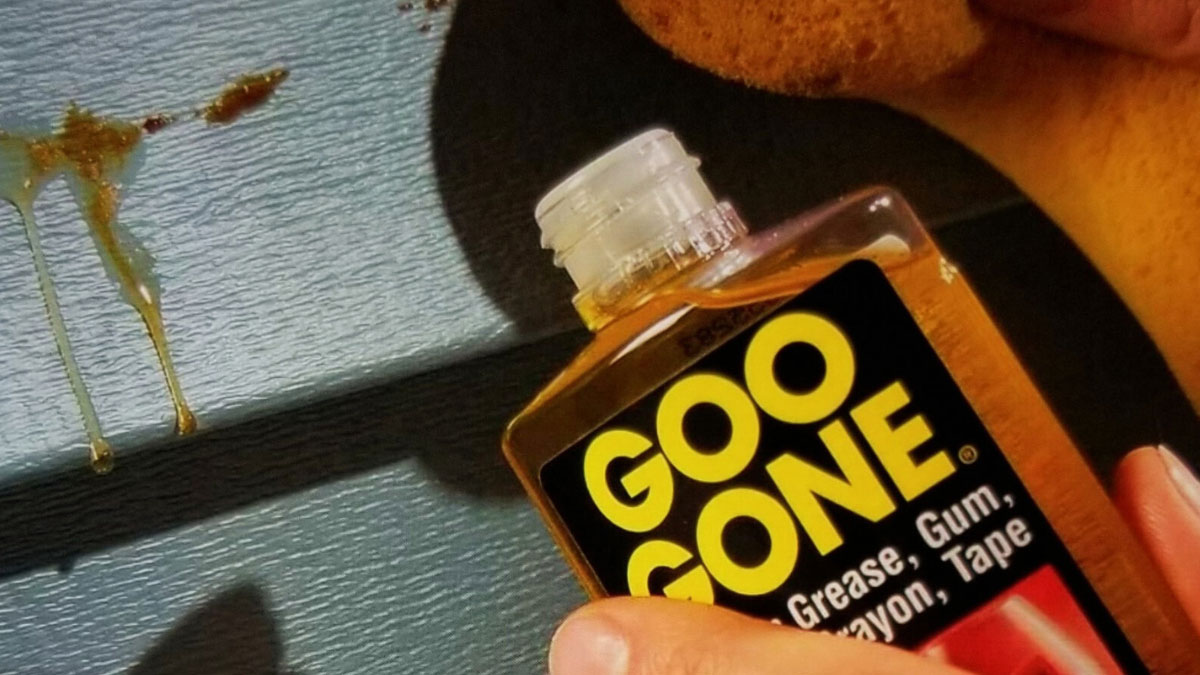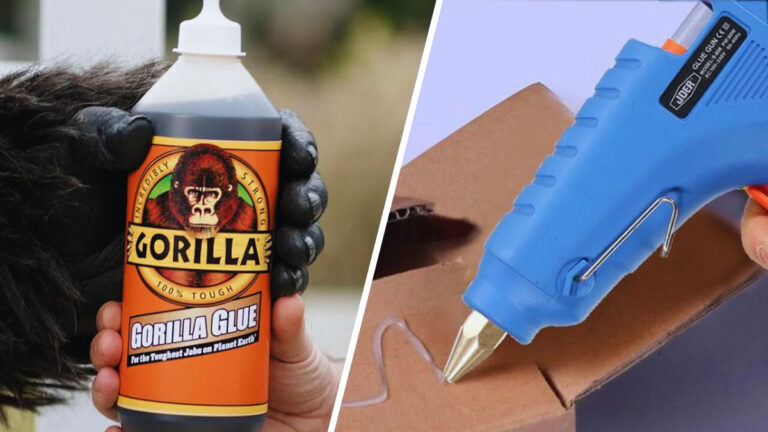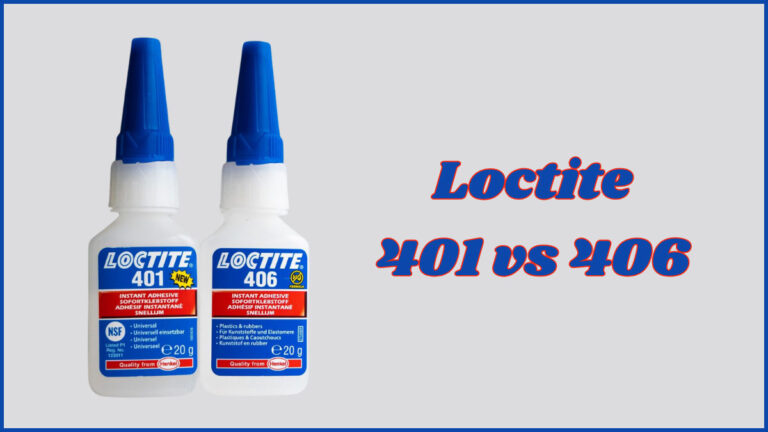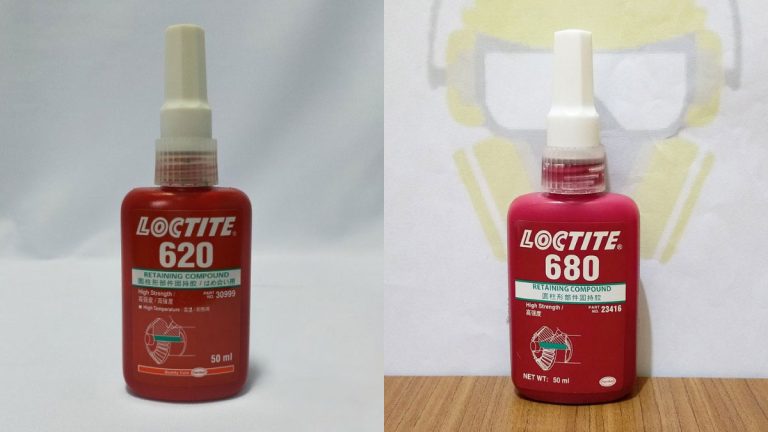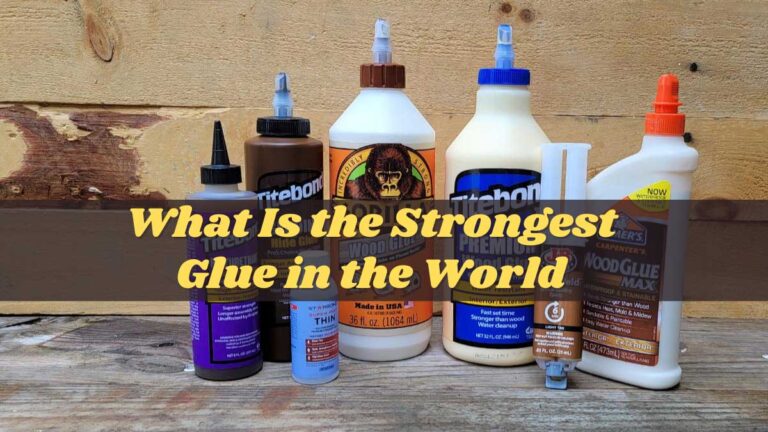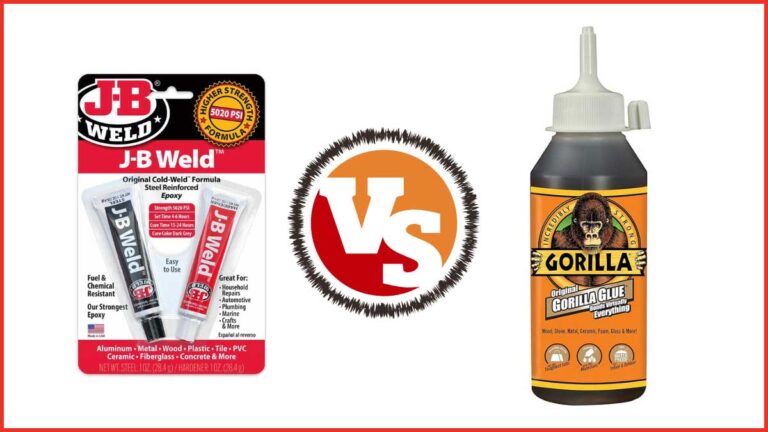Does Goo Gone Remove Super Glue: Effectiveness and Alternatives
Super glue is a household staple, but it can quickly become a sticky nightmare when it ends up where it shouldn’t. Whether you’ve accidentally glued your fingers together or spilled some on your favorite table, you might be wondering if Goo Gone can save the day.
Goo Gone, known for tackling tough adhesives and sticky residues, seems like a promising solution. But does it really work on super glue? Before you reach for that bottle, let’s explore whether Goo Gone is the right tool for the job and how effective it truly is in removing super glue.
Key Takeaways
- Goo Gone’s Effectiveness: While Goo Gone is effective for many adhesives, it is not highly effective at removing super glue. Alternative methods may yield better results.
- Alternative Solutions: Acetone, isopropyl alcohol, vinegar, and specialized products like Goof Off Super Glue Remover are more effective alternatives for removing super glue.
- Surface Compatibility: Goo Gone is safe for use on glass, metal, and painted surfaces but should be avoided on rubber, unfinished wood, silk, and leather.
- Safety Precautions: Use protective gear, ensure good ventilation, and avoid excessive product application to ensure safe and effective removal of super glue.
- Post-Removal Care: After removing super glue, wash the area thoroughly with soap and water, moisturize any treated skin, and inspect surfaces for leftover adhesive.
How Does Goo Gone Work?
Goo Gone operates through a specific application method that targets adhesive residues. You’ll find the product effective for various sticky messes.
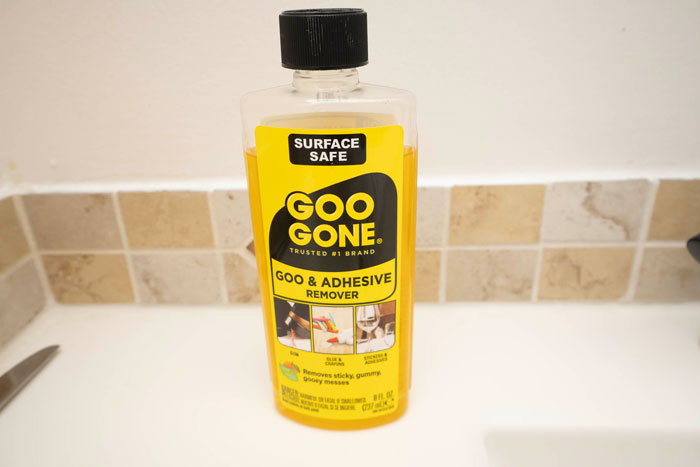
Application Process:
- Direct Application: Goo Gone is applied directly to the adhesive or sticky residue. The key is to saturate the area thoroughly.
- Spray Gel Formula: The spray gel formula clings to stains and vertical surfaces, preventing drips and maximizing contact time with the adhesive. This enhances its effectiveness on targeted areas.
Key Terms:
- Adhesive Remover: A chemical that breaks down glue and other sticky substances.
- Saturation: Soaking the adhesive with Goo Gone for maximum effectiveness.
- Spray Gel Formula: A formulation that sticks to surfaces better than liquid, providing more effective coverage.
Features and Benefits:
- Versatility: Effective on a wide range of adhesives, like tape residue and stickers.
- Safety: Safe for use on many surfaces, including glass, metal, and painted surfaces.
- Ease of Use: User-friendly application process with minimal effort required.
Surface Compatibility:
| Surface | Compatibility | Effectiveness on Super Glue |
|---|---|---|
| Glass | High | Low |
| Metal | High | Low |
| Painted Surfaces | High | Low |
- Use Goo Gone for general adhesive removal but consider other products for super glue.
- Ensure thorough saturation for best results on compatible surfaces.
- Replace Goo Gone with Goof Off Super Glue Remover for targeting super glue specifically.
By understanding how Goo Gone works, you can make informed decisions about its best uses, especially when tackling various adhesive residues.
Effectiveness Of Goo Gone On Super Glue
Goo Gone is commonly used to remove various adhesives, but its effectiveness on a strong adhesive like Super Glue is limited.
Detailed Steps For Removal
When dealing with Super Glue, alternative methods prove more effective than Goo Gone:
- Acetone:
- Application: Apply acetone to the dried Super Glue.
- Action: Use a cloth dampened with acetone to gently rub the area.
- Effectiveness: Acetone works better than Goo Gone for Super Glue removal.
- Other Solvents:
- Isopropyl Alcohol: Rubbing alcohol can be used, though it’s less effective than acetone.
- Goof Off Super Glue Remover: Specifically designed for this purpose, Goof Off performs better than Goo Gone.
Surfaces To Avoid
Certain surfaces are not suitable for Goo Gone application:
- Rubber Surfaces: Goo Gone can degrade rubber materials.
- Unfinished Wood: Causes staining or warping.
- Silk and Leather: Risk of damage and discoloration.
When needed, always opt for specific products designed for Super Glue removal to ensure effectiveness and minimize surface damage.
Alternatives To Goo Gone
When Goo Gone’s effectiveness falls short for removing super glue, considering alternatives can help. These options range from everyday items to specialized commercial products.
Home Remedies
Several home remedies provide effective solutions for super glue removal:
- Acetone: Often found in nail polish remover, acetone dissolves super glue on contact. Be cautious when using it on plastic surfaces, as it can cause damage.
- Instructions: Soak a cotton ball in acetone, apply to the glue, and let it sit for a few minutes. Gently scrape off the softened glue with a plastic scraper.
- Isopropyl Alcohol: Another household item, isopropyl alcohol, can help break down the glue.
- Instructions: Dab some alcohol on the glue using a cotton swab. Let it sit for several minutes before wiping away the glue.
- Vinegar: Known for its cleaning properties, vinegar can loosen super glue bonds.
- Instructions: Apply white vinegar to the glue, let it soak for a few minutes, then scrape it off gently.
Commercial Products
Specialized products designed to tackle tough adhesives often perform better than general-purpose removers:
- Goof Off Super Glue Remover: This product targets super glue and other strong adhesives. It’s useful on various surfaces, including metal and glass.
- Highly effective on various materials like wood, brick, and concrete
- Direct application to dried glue
- Safe for most surfaces when used as directed
- WD-40: Known for its versatility, WD-40 can loosen adhesive bonds.
- Usage: Spray directly on the glue, allow it to sit for a few minutes, then wipe away.
| Product | Effective Surfaces | Application Method |
|---|---|---|
| Goo Gone | Glass, Metal, Painted | Apply, sit, scrape |
| Goof Off | Metal, Glass, Wood, Concrete | Apply, sit, wipe |
| WD-40 | General Surfaces | Spray, sit, wipe |
In situations where Goo Gone doesn’t work, these alternatives provide effective solutions for removing stubborn super glue. Choose the right method based on the specific surface and the severity of the adhesive residue.
Safety Precautions
When dealing with super glue removal, especially on skin, you must take proper precautions to ensure safety and effectiveness.
Handling and Application
When using Goo Gone or any adhesive remover, follow these key procedures:
- Wear Protective Gear: Use gloves to avoid direct skin contact. This protects your skin from potential irritation.
- Ventilate the Area: Ensure the space is well-ventilated to prevent inhaling fumes.
- Apply Carefully: Apply Goo Gone Spray Gel, specifically targeting the super glue. Avoid over-application, which may affect unwanted areas.
- Observe Reaction Time: Allow the product to sit for a few minutes to break down the adhesive. Check periodically to gauge the effectiveness.
- Use Gentle Tools: Use a soft cloth or plastic scraper to gently remove the loosened glue to prevent surface damage.
Post-Removal Care
After removing super glue, follow these steps to ensure your skin or surfaces are cared for:
- Wash Thoroughly: Clean the treated area with soap and water to remove any residue of Goo Gone or super glue.
- Moisturize Skin: If the application was on the skin, apply a mild moisturizer to hydrate and soothe any affected area.
- Check for Residue: Inspect surfaces for any remaining adhesive. Repeat the application if necessary, but ensure you don’t damage the material.
- Dispose Properly: Dispose of used materials like cloths or gloves carefully, following local disposal guidelines for chemical products.
Avoiding Surfaces:
- Surfaces to Avoid: Do not use Goo Gone on rubber, unfinished wood, silk, or leather. These can be damaged or discolored by the product.
Safety Data Summary
Review the guidance for safe application and removal of super glue using Goo Gone:
| Step | Guidance |
|---|---|
| Wear Protective Gear | Gloves, goggles (if necessary) |
| Ventilate the Area | Ensure good airflow, use windows or fans |
| Apply Carefully | Target only the affected area, minimize overspreading |
| Observe Reaction Time | Leave the product for a few minutes, monitoring the reaction |
| Use Gentle Tools | Soft cloth, plastic scraper |
| Wash Thoroughly | Use soap and water after removal |
| Moisturize Skin | Apply gentle moisturizer to treated skin |
| Inspect for Residue | Check and reapply if needed, careful not to damage surface material |
| Dispose Properly | Follow local guidelines, avoid landfill contamination |
Taking these precautions ensures you use Goo Gone safely and effectively while minimizing risks to your health and surfaces.
Conclusion
Choosing the right product for super glue removal is crucial to ensure effectiveness and prevent surface damage. While Goo Gone offers versatility and ease of use for general adhesive removal, it may not be the best option for tackling super glue specifically. Alternatives like acetone, isopropyl alcohol, and specialized products such as Goof Off Super Glue Remover provide more reliable results.
Always prioritize safety by wearing protective gear and ensuring proper ventilation during the removal process. Following these guidelines will help you handle super glue mishaps efficiently and safely, leaving your surfaces clean and intact.
Frequently Asked Questions
Is Goo Gone effective for removing super glue?
Goo Gone is generally effective for removing various adhesives but may not be the best option for strong adhesives like super glue. Alternatives like Goof Off Super Glue Remover or acetone-based products may work better.
How does Goo Gone work?
Goo Gone operates through a spray gel formula that adheres to surfaces, allowing for thorough saturation and easy removal of sticky residues. It works well on many surfaces but may not be ideal for super glue.
What can I use besides Goo Gone to remove super glue?
Besides Goo Gone, you can use acetone, isopropyl alcohol, or specialized products like Goof Off Super Glue Remover. Home remedies like vinegar and a mixture of coconut oil and baking soda can also be effective.
Is it safe to use Goo Gone on all surfaces?
Goo Gone is safe for many surfaces, including glass, metal, and painted surfaces. However, it should not be used on rubber, unfinished wood, silk, or leather as it may cause damage or discoloration.
What should I do if I get super glue on my skin?
If you get super glue on your skin, use acetone or an acetone-based nail polish remover to dissolve the glue. Be sure to wash the area thoroughly afterward, moisturize your skin, and avoid using Goo Gone on skin as it can cause irritation.
Are there any safety precautions when using adhesive removers like Goo Gone?
Yes, always wear protective gear, ensure proper ventilation, and apply the product carefully to avoid contact with unwanted areas. Follow the manufacturer’s instructions for safe application and disposal.
How do I effectively remove super glue from surfaces?
To effectively remove super glue from surfaces, use acetone, isopropyl alcohol, or a specialized product like Goof Off Super Glue Remover. Apply the solvent to the affected area, let it sit for a while to soften the glue, and then gently scrape or wipe it away.
Can vinegar remove super glue?
Vinegar can help to loosen super glue, especially on non-porous surfaces. Soak a cloth in vinegar, place it on the glue for a few minutes, and then scrape or wipe the glue away. It’s less effective than acetone but a good alternative for sensitive surfaces.
What is Goof Off Super Glue Remover and how does it compare with Goo Gone?
Goof Off Super Glue Remover is a solvent specifically designed for removing super glue. It tends to be more effective on strong adhesives like super glue compared to Goo Gone, which is better for general adhesive residues.
What post-removal care is recommended after using adhesive removers?
After using adhesive removers, wash the treated area with soap and water, moisturize if it’s skin, and inspect surfaces for any remaining adhesive. If necessary, repeat the process to ensure all residue is gone.

